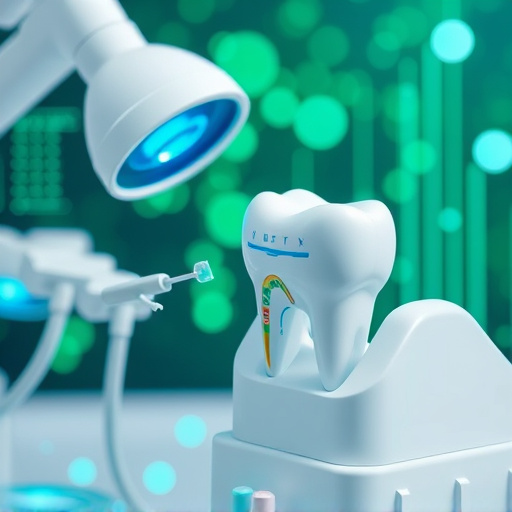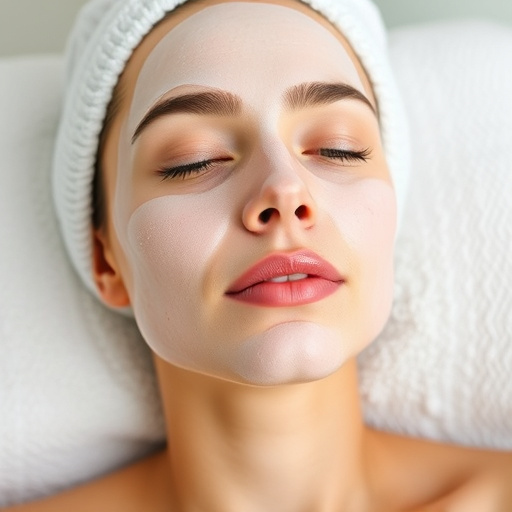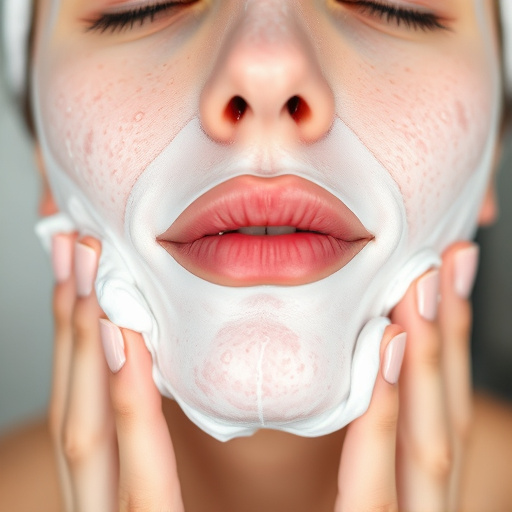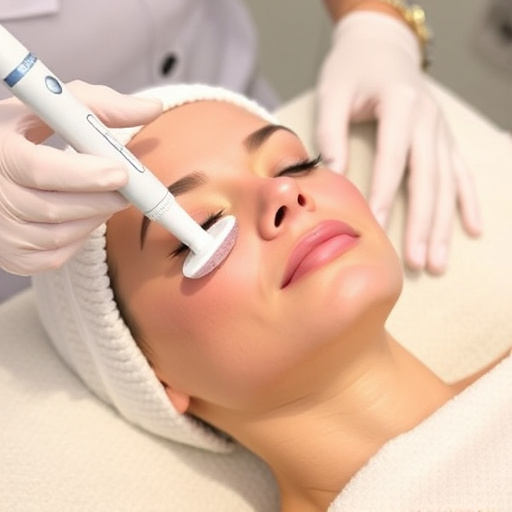Laser hair removal treatment is a multi-session process tailored to skin type, hair color, and coarseness, with 4-8 sessions recommended for optimal results. Duration varies based on area, skin type, hair thickness, health, and skincare routines. Consistent, patient approach with proper post-treatment care and sun protection enhances outcomes, and combining treatments may support longer-lasting results.
Laser hair removal is a popular method for achieving smooth, long-lasting results. But how many sessions are needed? This comprehensive guide delves into the factors determining your unique treatment plan. From understanding the basics of laser sessions to optimizing outcomes, we’ll walk you through everything you need to know. Discover the science behind laser hair removal and gain insights to ensure the best possible experience for your body and budget.
- Understanding Laser Hair Removal Sessions
- Factors Influencing Treatment Duration
- Optimizing Results: Tips for Patients
Understanding Laser Hair Removal Sessions
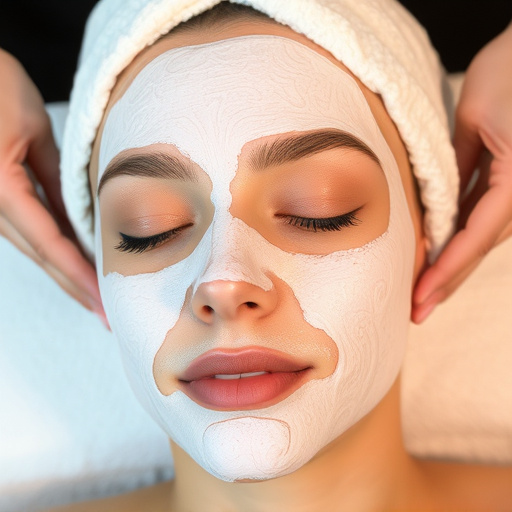
Laser hair removal treatment is a process that involves multiple sessions for optimal results. Each session targets specific hair follicles in different stages of growth, aiming to reduce hair regrowth over time. Understanding the nature of laser hair removal sessions is crucial for setting realistic expectations and preparing for the treatment journey.
During each session, a concentrated beam of light is directed onto the target area, absorbed by melanin in the hair follicles, which then damages or destroys them. The number of required sessions depends on various factors such as skin type, hair color, and coarseness. Lighter skin with darker hair typically requires fewer sessions, while darker skin tones might demand more frequent treatments. A qualified aesthetic specialist will assess your specific needs and design a customized plan, often recommending 4-8 sessions spaced several weeks apart for best results, sometimes combined with other procedures like chemical peels or skin brightening treatments to enhance overall skin texture and tone.
Factors Influencing Treatment Duration
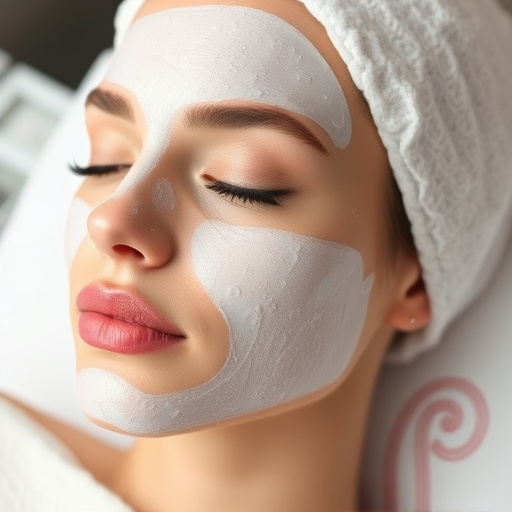
The duration of laser hair removal treatment varies based on several factors that are unique to each individual. One of the primary influences is the area being treated—smaller areas like underarms or faces may only require a few sessions, while larger surfaces like legs or backs can demand more extensive and repeated treatments. Skin type plays a significant role too; darker skin tones might need more sessions due to varying pigment levels and hair growth patterns.
Additionally, the type of hair and its thickness impact treatment duration. Coarse, dark hairs are typically easier to target with lasers, leading to quicker results per session compared to fine or light-colored hairs. Other considerations include overall health, medication use, and sun exposure, all of which can affect skin sensitivity and recovery, thereby influencing the number of sessions needed. Moreover, maintaining personalized skincare routines between treatments can enhance outcomes. Procedures like chemical peels or skin brightening treatments, when incorporated into a holistic approach alongside laser hair removal, may support longer-lasting results by addressing underlying skin concerns.
Optimizing Results: Tips for Patients
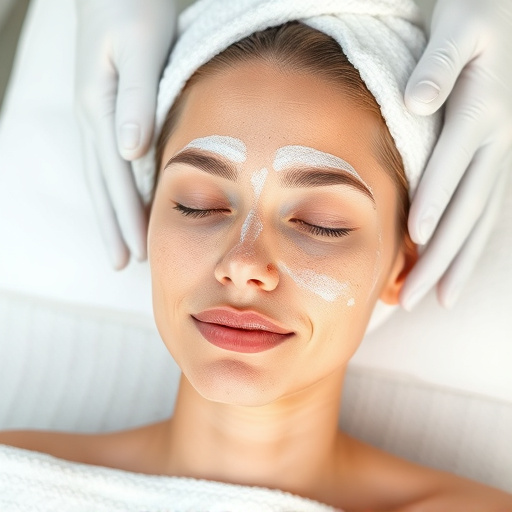
Optimizing results with laser hair removal treatment requires a patient approach and adherence to certain guidelines. For best outcomes, patients should plan for multiple sessions spaced several weeks apart. This allows the laser technology to target each hair follicle efficiently, ensuring minimal regrowth. Consistency is key; regular sessions help prevent any new hairs from growing back, providing long-lasting smoothness.
In between treatments, proper skincare routines are essential. Keeping the treated area clean and moisturized supports healing and reduces potential irritation. Additionally, patients should avoid sun exposure and tanning to prevent skin discoloration or hypersensitivity reactions. A personalized skincare approach, considering individual needs and any underlying conditions, can enhance the overall effectiveness of laser hair removal, complementing the professional treatments for optimal results in wrinkle reduction and anti-aging.
Laser hair removal treatment is a highly effective method for managing unwanted body hair, but the number of sessions required varies based on individual factors. Understanding these variables and optimizing your approach can lead to the best results. By considering skin type, hair color, and the treatment area, patients can determine an appropriate treatment plan with their healthcare provider. Following each session with proper aftercare is also crucial for enhancing outcomes and minimizing potential side effects. With dedication and the right guidance, laser hair removal offers a lasting solution for smoother, hair-free skin.

